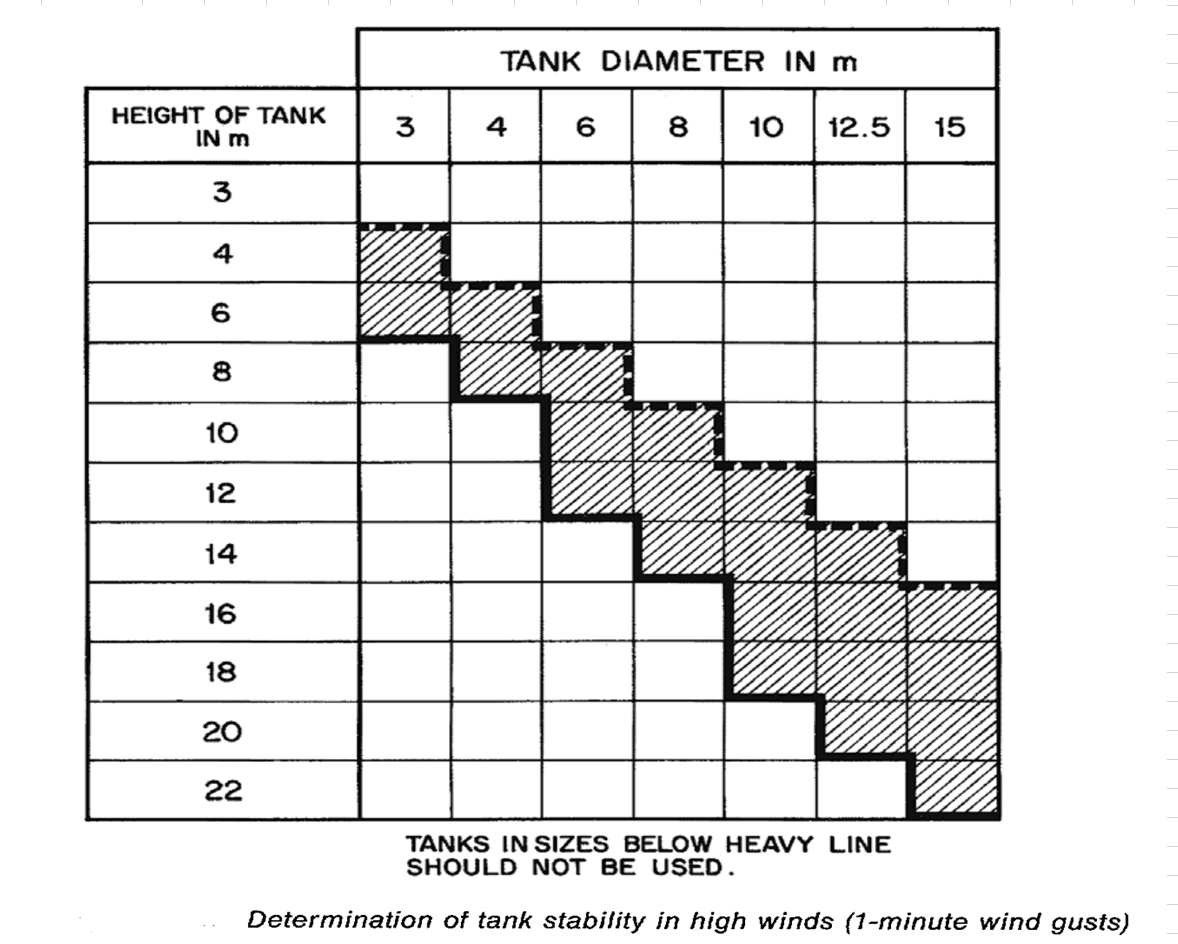Choosing the purge gas between N2, methane, fuel gas is subject to ecnomic&safety studies both, e.g. see BP's pratice (most other Majors use the similar approach)
BP's std. GP 44-80
11.5. Purge gas for flare and atmospheric vent systems
Purge gas systems installed on flare and atmospheric vent systems shall comply with the following general requirements:
a. A continuous purge system shall be used for closed flare and atmospheric vent systems to prevent air ingress and a potential explosion hazard.
It is not necessary to purge individual atmospheric relief devices.
b. In special cases, atmospheric vent systems may use a robust design that is capable of withstanding an internal explosion (detonation). Use of this approach shall be subject to entity EA approval in consultation with fire and blast experts.
It is possible to build a vent system that is sufficiently strong enough to withstand an internal explosion inside the vent system. This is not done in flare systems due to their size and complexity in most processes. However, explosion rated vent systems are occasionally used to eliminate purge gas. The explosion rated design option is best suited for small well pads or NUI offshore platforms, where relatively few items of equipment and a simple process is connected to the vent system.
Internal vent header pressures created by explosion overpressure can be as high as 5 500 kPag to 6 900 kPag (800 psig to 1 000 psig) in the vent system and shall be considered in the design for explosion rated vent systems. This overpressure was calculated based on an 8 in vent pipe approximately 6 m (20 ft) long.
c. The purge gas shall be an inert gas (e.g., nitrogen), fuel gas, or natural gas from a reliable source. The choice of purge gas should be evaluated on the basis of lifecycle cost, environmental impact, and safety issues and the following:
1. Current cost basis of greenhouse gas emissions shall be considered in selecting the purge gas source, and lifecycle economics should be factored into the overall decision.
2. Use of site generated nitrogen in this application may require evaluating the potential for oxygen entry into inert gas stream from the nitrogen generator.
In choosing between fuel gas and inert gas purge, it should be noted that 1 volume of fuel gas produces approximately 10 volumes of inert gas in an inert gas generator. However, the inert gas generator would be expected to have a backup supply provided, since the generator is inherently less reliable than its feed gas supply.
3. Automatic backup supplies should be used, if necessary, to achieve an acceptable overall reliability.
4. Purge system shall be designed such that loss of a single purge gas source or injection point does not cause hazardous conditions to occur.
d. A minimum purge gas velocity or flowrate shall be maintained at the atmospheric vent stack tip or flare tip to:
1. Minimise air ingress due to wind or buoyancy effects.
2. Prevent burnback inside the flare tip (for flare systems).
e. The larger of the two flowrates in d., as appropriate, shall be used.
If an inert gas is used, the flashback velocity (the speed with which a flame travels through the mixture) is significantly reduced. This has the advantage of significantly reducing the risk of a damaging explosion in the event of an unforeseen occurrence, such as a suckback.
f. The minimum purge rate to minimise air ingress into a flare or vent system due to wind effects shall be calculated using the Husa correlation formula shown in ISO 23251/API Std 521, “Design of disposal system components” clause and “Flares” subclause, as follows:
1. Purge rate shall be such that the oxygen content in the disposal stack gases 8 m (25 ft) down from the discharge point shall be less than 6%.
2. The Husa purging correlation should only be used if design wind speed does not exceed 13,4 m/s (30 mph). Locations where prevailing winds often exceed this wind speed may need higher purge rates.
g. If either the purge gas or discharge process gas is low molecular weight (e.g., containing high concentrations of hydrogen), the maximum oxygen content in
f. shall not exceed the following:
1. Maximum oxygen of 5% vol for flare gases with MW greater than 6 but not exceeding 8.
2. Maximum oxygen of 4% vol for flare gases with MW greater than 4 but not exceeding 6.
3. Maximum oxygen of 3% vol for flare gases with MW less than 4.
h. To verify that purge rates maintain safe oxygen levels as specified in f. and g., the flare or vent stack should have an oxygen monitoring system in accordance with GP 22-20.
The reliability of these O2 monitoring systems should be considered before installation, as well as the potential use of portable O2 analysers.
i. When recommissioning an air filled flare or atmospheric vent network, including the header and associated piping, liquid knockout drum, and stack, a supplemental, high initial purge flow may be required to free the entire disposal system of air.
j. Every disposal system shall have purge gas connections at header extremities.
These connections are required to ensure that the system is air free before introduction of hydrocarbon.
k. Continuous purge gas used during normal operation should be installed near the knockout drum and/or at header extremities.
Generally, continuous purge gas is introduced near the knockout drum, as it is closest to the primary source of air ingress (i.e., flare tip or vent discharge point).
l. Minimum instrumentation for purge gas systems should include:
1. Flow indication and control.
Generally, a rotameter and globe valve installed on the supply are used for flow indication and flow control.
2. Low flow alarm.

 FB
FB










